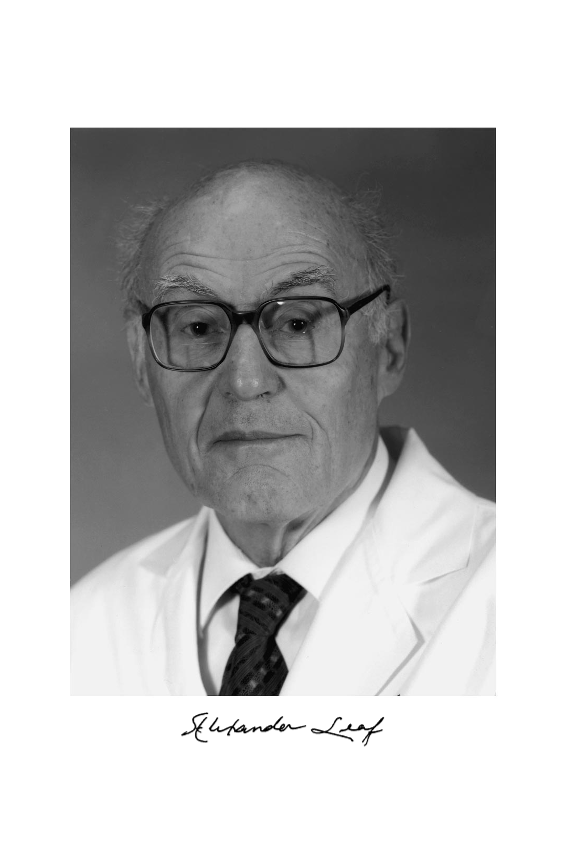
Full text loading...

Medicine or Physiology: My Personal Mix, Page 1 of 1
< Previous page | Next page > /docserver/preview/fulltext/physiol/63/1/annurev.physiol.63.1.1-1.gif
There is no abstract available.

Article metrics loading...

Full text loading...
Literature Cited


Data & Media loading...
